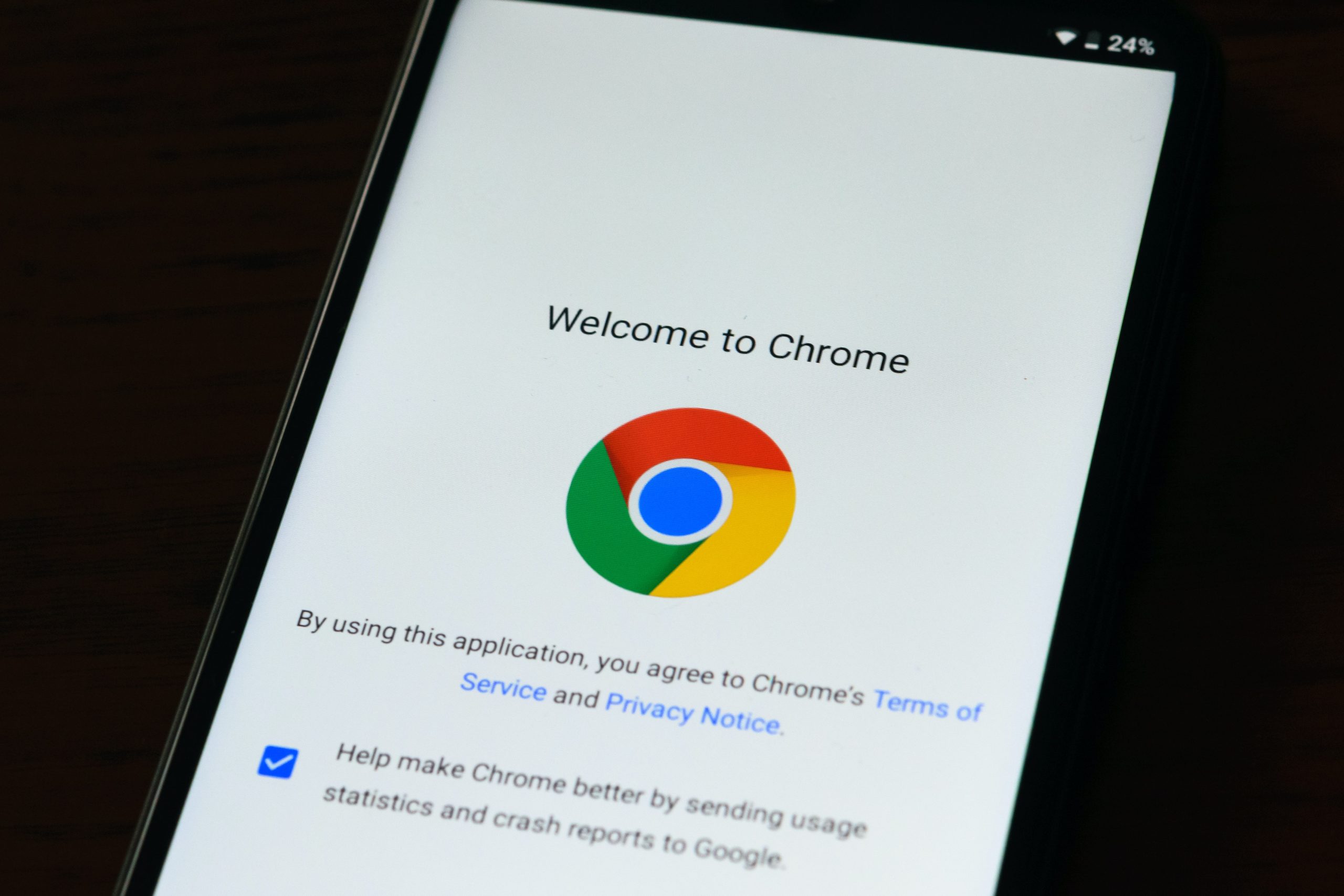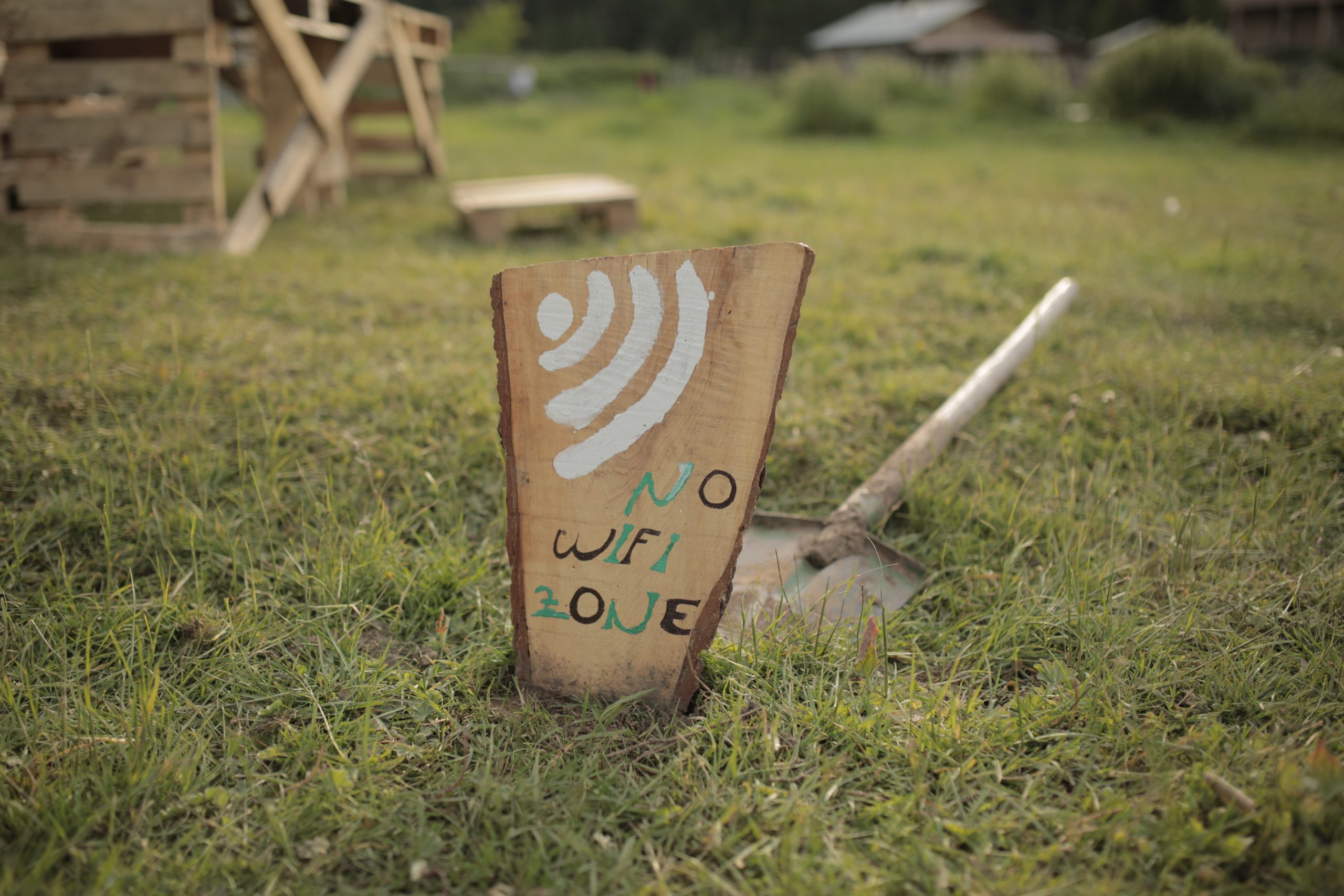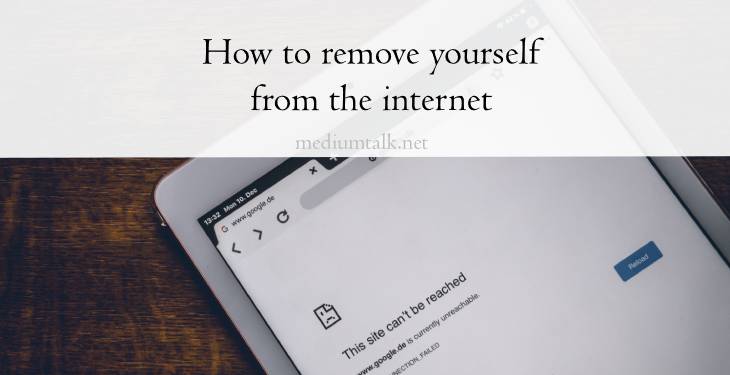In today’s digital age, our personal information is easily accessible online. From social media profiles to public records, our identities are scattered across the internet. While this may seem convenient at times, it also poses a significant risk to our privacy and security.
If you’re someone who values their privacy and wants to take control of their online presence, then removing yourself from the internet might be an option worth considering. But where do you even start? In this article, we’ll explore some practical tips and techniques for removing your personal information from various online platforms and databases. Whether you want to erase your digital footprint entirely or just reduce your exposure on the web, read on to learn how to take back control of your online identity.
The importance of online privacy
The importance of online privacy cannot be overstated. With the amount of personal information we share online, it’s important to take steps to protect ourselves from potential harm. This includes everything from identity theft and financial fraud to stalking and harassment. By taking control of our online presence, we can better safeguard our identities and limit the amount of personal information that is publicly available.
One way to take control of your online presence is by removing yourself from the internet altogether. While this may seem extreme, it can be necessary in certain situations where privacy is paramount. There are several steps you can take to do this, including deleting social media accounts, opting out of data collection services, and deleting any personal information that may be available on public websites or directories.
Ultimately, protecting your online privacy is about taking control over what information you share with others. By being proactive and careful about what you choose to disclose online, you can reduce your risk of becoming a target for cybercriminals or other malicious actors who seek to exploit your personal data for their own gain.

Assess your online presence
Assessing your online presence is an essential step in removing yourself from the internet. You need to know where and how much information about you is available on various platforms. Start by searching for your name on search engines like Google, Yahoo, and Bing. Review the results to see what information is visible about you, including social media profiles, blog posts, articles, or news mentions.
Next, review all your social media accounts and check the privacy settings of each platform. If possible, make all your accounts private or delete them altogether if they are not necessary. Also, remove any personal information that might be visible on these platforms.
Finally, consider using a data broker opt-out service to remove yourself from public records databases that contain sensitive personal information like home address and phone number. This way can protect yourself from identity theft and other cybercrimes that may arise due to easy accessibility of such data online. Overall assessing one’s online presence can prevent potential problems in the future while also safeguarding one’s privacy alongside it as well!
Remove personal information from social media
When it comes to social media, there are a few steps you can take to remove your personal information. First, delete any posts or photos that contain sensitive information such as your full name, address, phone number, or email address. You should also consider changing your profile picture and username to something more generic.
Next, adjust your privacy settings so that only people you trust can see your posts and profile information. You should also review what apps have access to your social media accounts and revoke access from any that you no longer use or don’t recognize.
Finally, consider deleting your social media accounts altogether if you’re concerned about privacy. Keep in mind that even if you delete your account, some of your information may still be accessible through search engines or archives. To truly remove yourself from the internet, you may need to consult with a professional who specializes in online privacy and security.

Delete accounts and subscriptions
Deleting accounts and subscriptions is a crucial step in removing oneself from the internet. Many online services require users to create an account or subscribe, and these accounts can accumulate over time. To delete an account, log into the service and look for a “Delete Account” or “Close Account” option in the settings menu. Follow the prompts to confirm deletion.
It’s important to note that some services may have a grace period before completely deleting an account, so it’s advisable to double-check that all personal information has been removed before assuming one is fully removed from the platform. Similarly, unsubscribing from email lists or newsletters can help reduce unwanted communication and prevent personal information from being shared with third-party advertisers.
Overall, taking care to remove all accounts and subscriptions is a key component of reducing one’s online presence and protecting personal information.
Opt out of data brokers and people search sites
One of the biggest threats to your online privacy is data brokers and people search sites. These companies collect, compile, and sell personal information about individuals without their knowledge or consent. This information includes everything from your name and address to your income level, marital status, and even criminal records.
To opt out of data brokers and people search sites, start by finding out which companies have your information. You can do this by conducting a search for yourself on these websites or using a privacy tool like DeleteMe. Once you’ve identified the companies holding your data, follow their opt-out instructions. Some may require you to submit a request in writing while others allow for online removal.
It’s important to note that opting out doesn’t guarantee complete removal of your information from these databases. However, it does limit their ability to share or sell your personal details with third parties. By taking steps to protect your digital footprint in this way, you can regain some control over how much of your personal life is accessible online.

Protect your future online presence
In today’s digital age, it is important to protect your online presence and ensure that your personal information does not fall into the wrong hands. One way to do this is by removing yourself from the internet entirely. While this may seem like a drastic step, it can be necessary in certain situations such as protecting yourself from cyberbullying or identity theft.
The first step in removing yourself from the internet is to delete any social media accounts you may have. This includes platforms such as Facebook, Twitter, Instagram, and LinkedIn. Make sure to also remove any personal information that may still be visible on these platforms, such as photos or contact information.
Next, you should consider using a service that specializes in removing personal information from the internet. These services can help remove your name and other identifying details from public databases and search engines. It is important to note that while these services can be effective, they are not always able to completely erase all traces of your online presence.
Overall, protecting your future online presence requires proactive measures such as deleting social media accounts and utilizing specialized removal services. By taking these steps now, you can safeguard your privacy and avoid potential harm down the road.
Conclusion: Take control of your digital footprint.
In conclusion, it is essential to take control of your digital footprint in today’s digitally connected world. While the internet can be a valuable tool for communication and information sharing, it also poses significant risks to your privacy and security. By removing yourself from the internet or minimizing your online presence, you can protect yourself from cyber threats and potential identity theft.
To remove yourself from the internet, start by conducting a thorough search of all websites that contain personal information about you. Contact website administrators to request removal of any sensitive data, such as social security numbers or financial information. Use online reputation management tools like Google Alerts to monitor what others post about you online.
Finally, be mindful of what you share online going forward and how it may affect your digital footprint. Consider limiting access to your social media profiles or using pseudonyms instead of full names when creating accounts on public-facing websites. Taking these steps will allow you to maintain greater control over your personal information and protect against unwanted exposure on the web.
